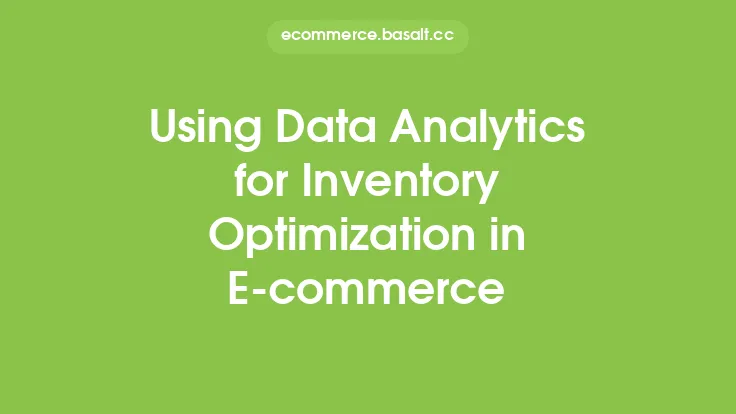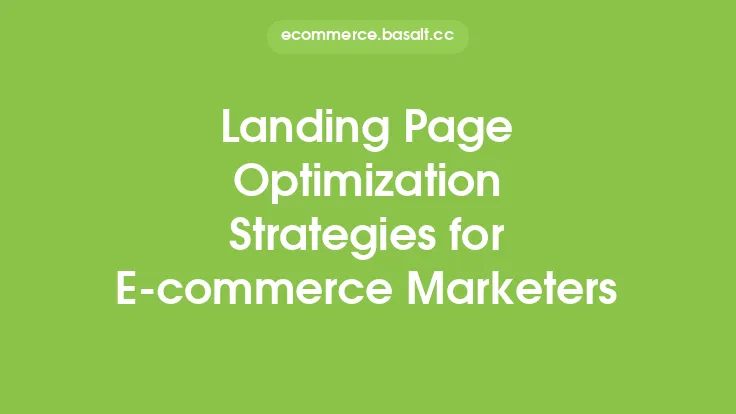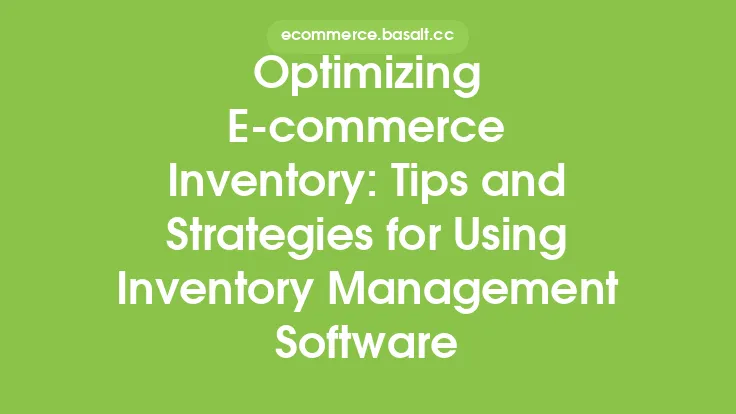As an online retailer, managing inventory effectively is crucial to the success of your business. Inventory optimization is the process of ensuring that the right products are available in the right quantities, at the right time, and in the right place to meet customer demand. This involves striking a balance between having enough stock to fulfill orders and avoiding overstocking, which can lead to waste and unnecessary costs. In this article, we will explore various inventory optimization strategies that online retailers can use to improve their operations and increase profitability.
Understanding Inventory Optimization
Inventory optimization is a complex process that involves analyzing various factors, including customer demand, sales trends, product lifecycle, and supply chain dynamics. It requires a deep understanding of your business and the ability to make data-driven decisions. Online retailers need to consider factors such as product seasonality, lead times, and shipping costs when optimizing their inventory. By understanding these factors, retailers can develop effective strategies to manage their inventory and improve their overall business performance.
Classification of Inventory
Inventory can be classified into different categories, including fast-moving, slow-moving, and dead stock. Fast-moving inventory refers to products that sell quickly and have a high turnover rate. Slow-moving inventory, on the other hand, refers to products that sell slowly and have a low turnover rate. Dead stock refers to products that are no longer sellable or have become obsolete. By classifying inventory into these categories, online retailers can develop targeted strategies to manage each type of inventory and improve their overall inventory optimization.
Inventory Optimization Techniques
There are several inventory optimization techniques that online retailers can use to improve their operations. One technique is the Economic Order Quantity (EOQ) model, which helps retailers determine the optimal order quantity to minimize costs. Another technique is the Just-In-Time (JIT) inventory system, which involves ordering and receiving inventory just in time to meet customer demand. Online retailers can also use drop shipping, which involves shipping products directly from the supplier to the customer, to reduce inventory holding costs.
Demand Forecasting
Demand forecasting is a critical component of inventory optimization. It involves analyzing historical sales data and other factors to predict future demand. Online retailers can use various demand forecasting techniques, including moving averages, exponential smoothing, and regression analysis. By accurately forecasting demand, retailers can ensure that they have the right products in stock to meet customer demand and avoid overstocking or understocking.
Inventory Management Software
Inventory management software is a powerful tool that online retailers can use to optimize their inventory. This software provides real-time visibility into inventory levels, automates inventory tracking, and provides alerts and notifications when inventory levels are low. Inventory management software can also help retailers analyze sales trends and forecast demand, making it easier to optimize inventory levels. By using inventory management software, online retailers can streamline their inventory management processes and improve their overall business performance.
Supplier Management
Supplier management is another critical component of inventory optimization. Online retailers need to work closely with their suppliers to ensure that they receive high-quality products on time. This involves developing strong relationships with suppliers, negotiating favorable pricing and payment terms, and monitoring supplier performance. By effectively managing their suppliers, online retailers can reduce lead times, improve product quality, and increase customer satisfaction.
Warehouse Management
Warehouse management is also essential for inventory optimization. Online retailers need to ensure that their warehouses are organized and efficient, with clear labeling and signage, and adequate storage and handling equipment. This involves implementing a warehouse management system, which provides real-time visibility into inventory levels and automates inventory tracking. By effectively managing their warehouses, online retailers can reduce inventory holding costs, improve order fulfillment rates, and increase customer satisfaction.
Returns Management
Returns management is a critical component of inventory optimization. Online retailers need to have a clear returns policy and process in place to handle customer returns. This involves providing clear instructions on how to return products, offering free return shipping, and processing returns quickly and efficiently. By effectively managing returns, online retailers can reduce inventory holding costs, improve customer satisfaction, and increase loyalty.
Conclusion
Inventory optimization is a complex process that requires careful planning and execution. By understanding inventory optimization, classifying inventory, using inventory optimization techniques, demand forecasting, inventory management software, supplier management, warehouse management, and returns management, online retailers can improve their operations and increase profitability. By implementing these strategies, online retailers can ensure that they have the right products in stock to meet customer demand, reduce inventory holding costs, and improve customer satisfaction.





